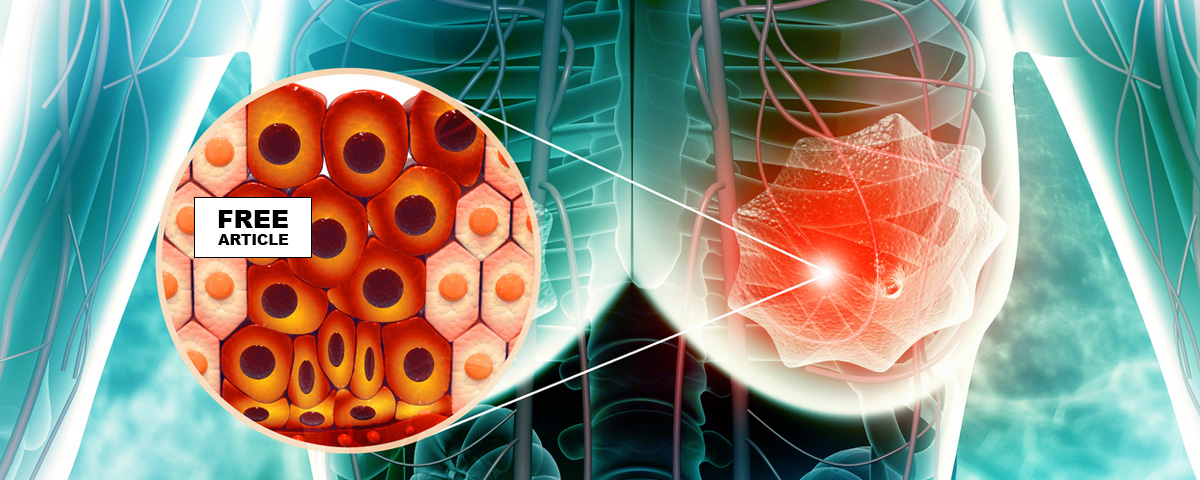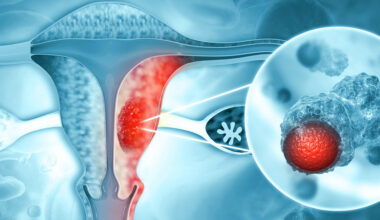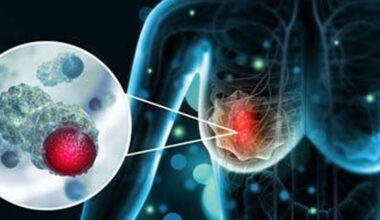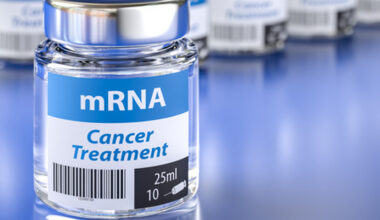Among all risk factors, breast density is the most important predictor of breast cancer risk. Increase in breast cancer risk from lowest to highest breast density category is on the order of fivefold depending on the age of the patient, with greater relative risk in older women. Mammographic density, when added to the factors used in predictive models, increase the power of prediction and thus is independent of other risk factors.
Recent studies have demonstrated that in areas of breast density there is a higher level of the enzyme aromatase, the enzyme that plays a crucial role in the production of estrogen. Estrogen, specifically, estradiol is the driver of the most the common form of breast cancer – hormone dependent breast cancer. Studies have shown that this increased level of aromatase is not present in the non-dense areas suggesting that the increased risk is due to estrogen production in the dense tissue of the breast. Further proof of this phenomenon can be seen by the observation that taking supplemental estrogens increases and antiestrogens such as Tamoxifen reduce breast density.
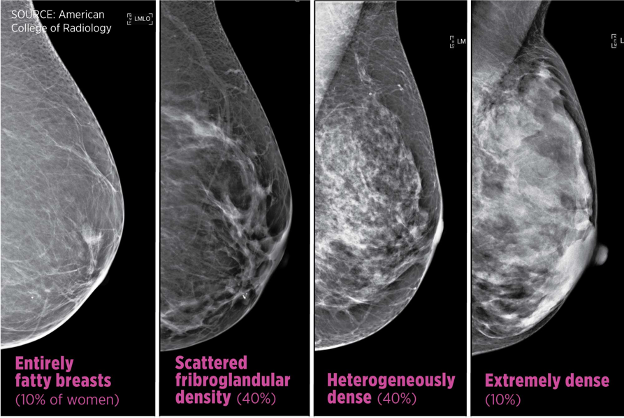
As evidence of the biological import of breast density, only those individuals with a reduction of breast density of greater than 10% with tamoxifen experienced prevention of breast cancer.
Prior to menopause the mature breast undergoes cyclic changes during the menstrual cycle. Estrogen increases cell proliferation and progesterone enhances this effect. During the follicular phase, roughly the first 14 days of the cycle when only estrogen is produced, cell proliferation increases. This is further enhanced during the luteal phase, the last 12 to 14 days of the menstrual cycle when high levels of both estrogen and progesterone are produced. On the mammogram these cyclic changes are reflected by greater breast density during the luteal phase than during the follicular phase, when only estrogen is produced. Increased proliferation with progesterone would be expected to increase both the initiation and promotion of breast cancer. With the reduction of estrogen and progesterone levels after menopause, the cyclic proliferative process becomes quiescent. The mammographic appearance of the breasts becomes increasingly radiolucent (less dense). By age 70 to 79 years only 30% of women have 50% or greater breast density.
Higher levels of breast density are fairly common since 50% of women between the ages of 40 and 49 years and 30% of women aged 70-79 have breasts that are at least 50% dense. If breast density is a risk factor and this risk factor is fairly common, breast cancer attributable to increased breast density could potentially account for a significant percentage of total breast cancer cases. Several studies have shown that the attributable risk from increased breast density was 28 to 30% for 50% or greater breast density and 40 to 44% for any breast density. In comparison, less than 5% of breast cancers are attributable to breast cancer gene (BRCA1 and BRCA2) mutation.
Sources
https://journals.sagepub.com/doi/full/10.1177/10732748231160991
https://www.mayoclinicproceedings.org/article/s0025-6196(14)00058-5/fulltext

